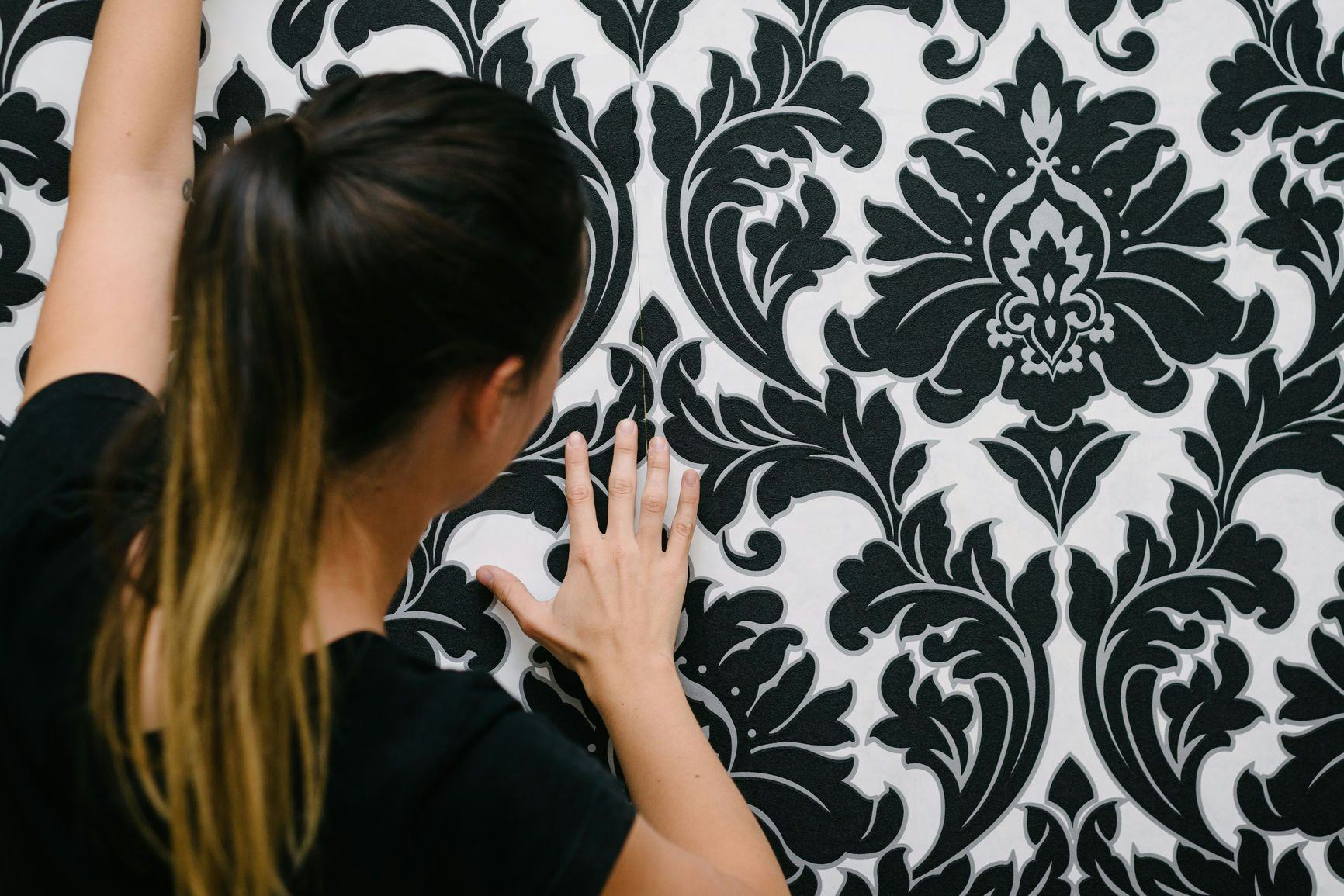Home equity for home improvement
Have you been thinking of tackling a home improvement project? Whether you’ve finally found the time to tackle a big project you’ve had your eye on or a recent episode of “Fixer Upper” has just inspired you to open up your home’s floor plan, home equity can help make your vision a reality.
Home equity solutions allow you to turn a portion of your home’s equity into cash. (Your equity equals the value of your home minus any balance you owe on a mortgage or other lien). There are multiple ways to release the equity in your home to finance a home improvement project, including the Figure Home Equity Line, and there are some really good reasons to do it this way.
The major benefits of using home equity for home improvements include:
Access to a larger amount of funds potentially: If you have significant equity in your home, you can likely access a large amount of money. Lenders will often allow you to access up to 80% of your home’s equity — so if you’re the outright owner of a home worth $300,000, that means you could access up to $240,000 . That amount compares favorably to what you could get through a personal loan. Larger personal loans are often harder to qualify for and many lenders don’t offer loans bigger than $50,000, which may not cover the high-end kitchen and bathroom remodel you’re dreaming of.
Significant savings thanks to lower interest rates: Because home equity solutions are secured by your home, the interest rates are generally lower than for unsecured borrowing options, such as a personal loan, home improvement loan, or credit card. A lower interest rate can save you thousands of dollars over the life of a loan.
While using your home as collateral can lower your interest rate, it also means you can lose your home if you fall behind on your loan payments.
Potentially tax-deductible interest payments: If you use the funds from a home equity loan to make certain home improvements, your interest payments could be tax-deductible under certain circumstances. That’s unfortunately not the case if you use a credit card or personal loan to finance home improvements.
Opportunity to boost your home’s value: Savvy homeowners can use home equity loans to make home improvements that are likely to recoup much of the cost. For example, Remodeling magazine estimates the average national cost for a minor kitchen remodel in 2023 was $26,790, which increased resale value by $22,963, or about 85 cents on the dollar.
To wisely spend your home improvement dollars, it’s advisable to plan carefully and consult with a local real estate agent to see how the improvements you’re considering may boost the value of your home.
A payback period that fits your budget:
Home equity solutions generally have terms ranging from five to 30 years. Longer loan terms can translate to lower monthly payments that may fit comfortably within your budget. Personal loans, on the other hand, typically have shorter repayment periods though some lenders offer long-term personal loans.
Not all home equity solutions are created equal
You may already be familiar with home equity loans or home equity lines of credit (HELOCs) as ways to tap your equity for your next home improvement adventure. At Figure, we took these solutions and made them better. Our unique home equity loan has a fixed interest rate¹ and gives you full access to your funds up front, while also enabling you to access additional funds once you start to pay down your original disbursement.
You can check your rate in minutes with Figure's 100% online application.
Disclaimer 1The Figure Home Equity Line is an open-end product where the full loan amount (minus the origination fee) will be 100% drawn at the time of origination. The initial amount funded at origination will be based on a fixed rate; however, this product contains an additional draw feature. As the borrower repays the balance on the line, the borrower may make additional draws during the draw period. If the borrower elects to make an additional draw, the interest rate for that draw will be set as of the date of the draw and will be based on an Index, which is the Prime Rate published in the Wall Street Journal for the calendar month preceding the date of the additional draw, plus a fixed margin. Accordingly, the fixed rate for any additional draw may be higher than the fixed rate for the initial draw.
